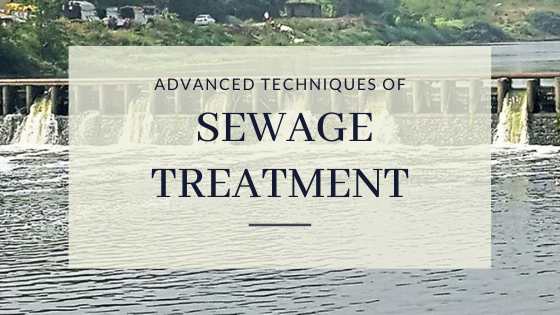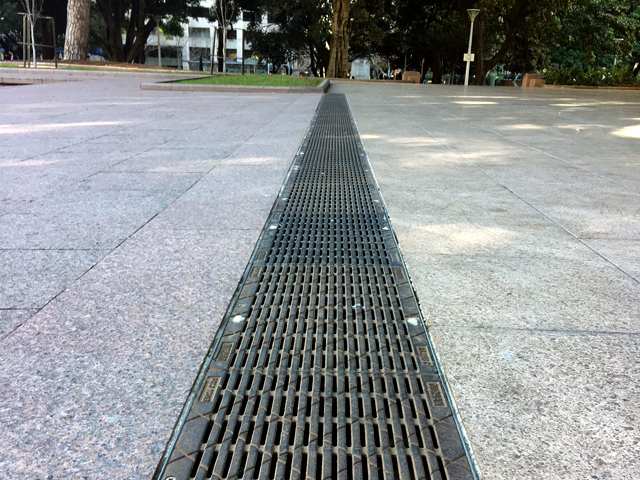
Sewage treatment is the process of the removal of the impurities or pollutants from the municipal wastewater which mainly contains household sewage and some industrial wastewater.
The Physical, chemical and the biological processes are used to remove the impurities and it helps in producing treated wastewater that is safe enough for the environment. Nowadays many advanced technologies had been introduced to treat the wastewater.
Advanced nutrient removal processes had been introduced for improving the quality of the water and also reduce the bad impact on the health and environment. It also makes the water suitable for domestic purposes.
Advanced Techniques of Sewage Treatment
It is divided into three major categories by the type of the process and the flow scheme utilized:
- Tertiary Treatment
- Physicochemical Treatment
- Combined biological-physical Treatment
Tertiary Treatment
- Tertiary Treatment is defined as any treatment process in which the unit operations are added to the flow scheme and following the secondary treatment. Additions to the conventional secondary treatment can be as simple as the addition of a filter for the suspended solids removal or as complex as the addition of the various unit operations and the processes.
- It is the process of obtaining clear water which is free from the impurities and the quality of water is improved. The treatment removes the inorganic compounds and substances such as Nitrogen and phosphorus.
- It is the advanced treatment process and contains the processes like the ion exchange, activated carbon adsorption, electrodialysis and nitrification and the denitrification.
- It is more efficient than the primary and secondary treatment processes.
- It is used to treat the wastewater which contains more contaminants. The treatment methods depend on the characteristics of effluents in this process.
Physico-chemical Treatment
- Physico-chemical Treatment is defined as a treatment process in which the biological and the physical-chemical processes are intermixed to achieve the desired effluent.
- It is basically the process of separation of the colloidal particles.
- The type of method depends on the characteristics of effluents wastewater like the particle size and treatment efficiency also depends on it.
- When the particle has very small size they can’t be seen with the help of the naked eyes and also can’t be removed with the help of the filtration. In this type of situation, the Physico-chemical processes are used.
- These processes take place with the help of the coagulants and flocculants.
- These coagulants and flocculants change that physical state of the particles and make them more stable so that they can be easily removed with this process.
Combined Biological-Physical Treatment
- Combined Biological-Physical Treatment processes are those in which biological and physicochemical treatments are mixed.
- This treatment is also an advanced treatment process.
- This treatment method is used to tackle the problem of wastewater and make it pure and safe.
- It includes the aerobic and anaerobic treatment processes to treat the wastewater like the activated sludge process, trickling filter, oxidation ponds etc.
- No single process can remove all the contaminants. So, the processes are mixed to get better results.

